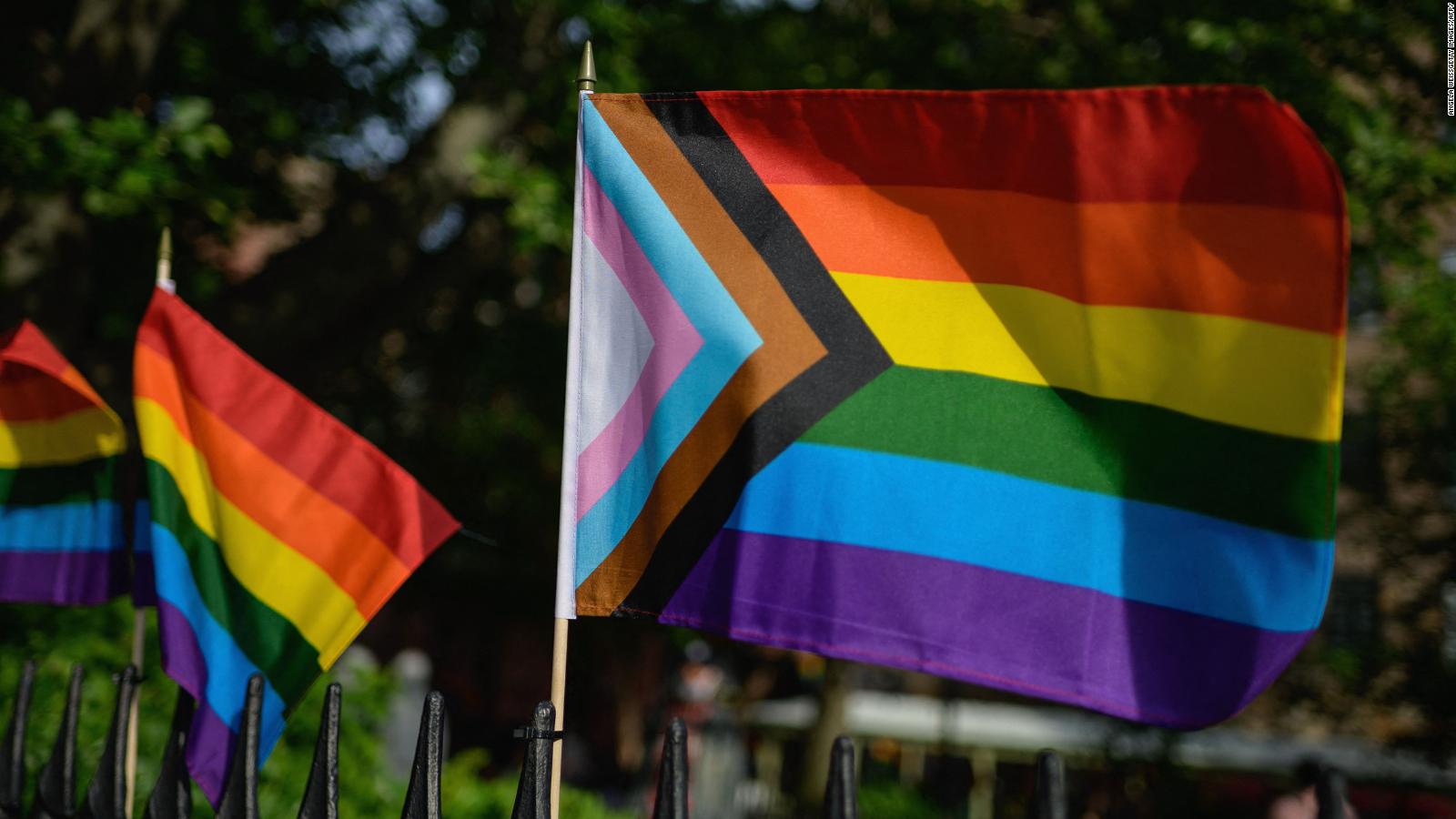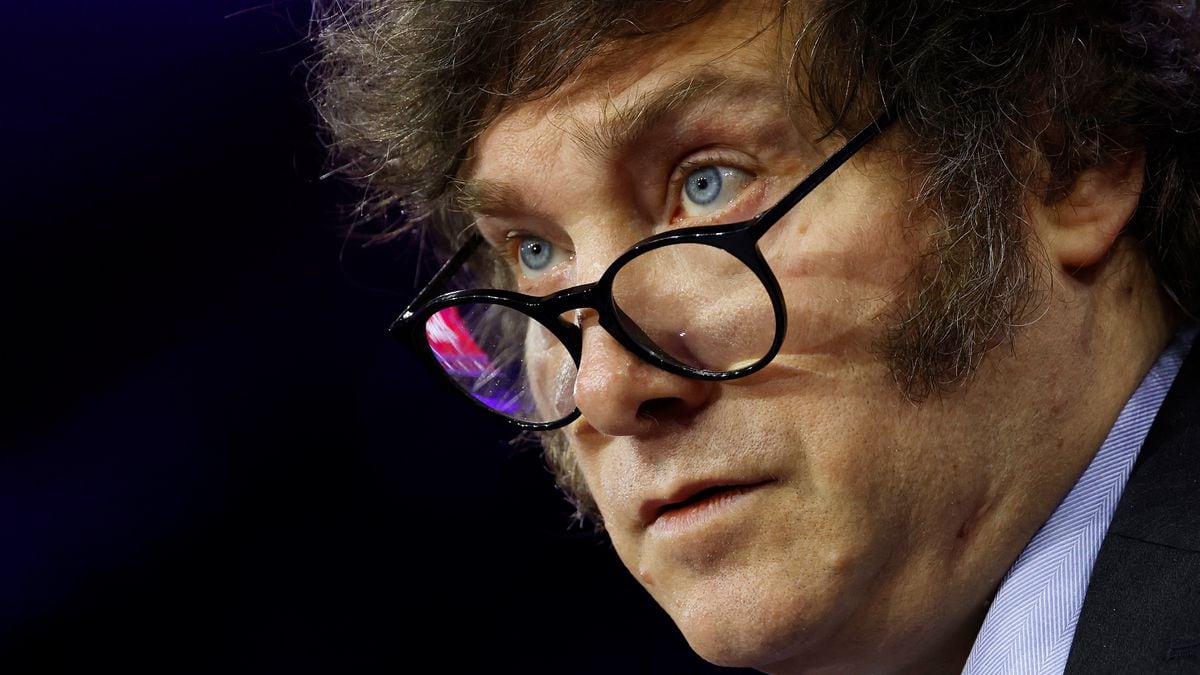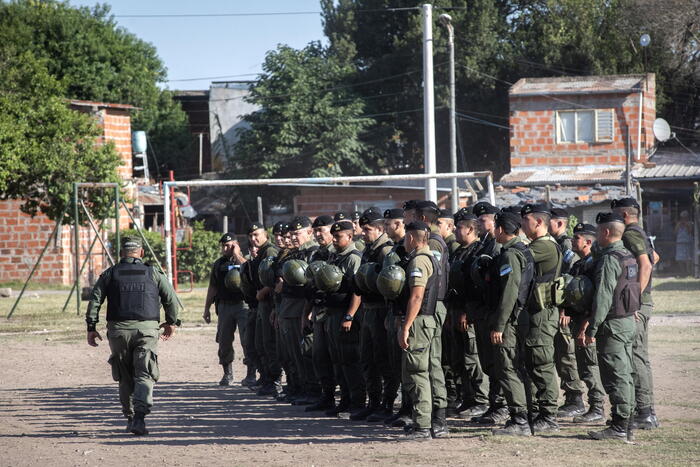The Argentine LGBTQ community, represented in Tokyo 2020 2:14
(CNN) -
55 years ago this month, a group of transgender women in San Francisco's Tenderloin neighborhood fought off police while arresting customers at Compton's Cafeteria, a place they frequented to temporarily prevent harassment, discrimination and the physical violence they faced on the streets.
While the rationale for their arrests is unknown, the police frequently arrested those who wore clothing "opposite" to their sex, which at the time was a crime.
This historic act of transgender resistance to the Police, which occurred three years before the 1969 Stonewall riots, was almost lost to history until Susan Stryker, a scholar focused on LGBTQ issues, found mention of the event in related historical archives. with the 1972 Gay Pride March in New York in memory of Stonewall.
"The police tried to arrest one of the queens and threw coffee in their faces," Stryker, who is currently Barbara Lee's Distinguished Director of Women's Leadership at Mills College, told CNN.
At the time, female trans women who dressed in what was considered women's clothing were called drag queens or queens, he said.
"People threw plates, silverware and sugar bowls at the police, and they broke the cafeteria windows," he continued.
Although the event, which was later dubbed the Compton's Cafe Riot, is not as well known as Stonewall, Stryker characterized it as "a precursor to a larger earthquake."
"There were probably a couple hundred people fighting and it is remembered as one of the first major trans / queer resistance movements," he said.
advertising
Fifty-five years later, parts of the LGBTQ community are considering the fact that these stories like the Compton's Cafeteria riot were previously overlooked, while ways to better reflect inclusion are debated.
Lately, this has led to more conversations across the country about which version of the Pride flag the LGBTQ community should wear.
In late June, the Castro Lesbian, Gay, Bisexual, Transgender and Queer Cultural District (CQCD) in San Francisco voted to recommend Castro Merchants, the business association that has jurisdiction over flag poles, to replace the original flag. Pride in Harvey Milk Plaza with a new version of the flag more inclusive with black, brown and transgender members of the LGBTQ community.
The CQCD Advisory Board voted 7-2 to recommend changing the commonly recognized rainbow flag, also known as the Gilbert Baker design, to the Progress Pride Flag.
This new version includes black, brown, light blue, white and pink stripes, in addition to the original colors of the Pride flag, to recognize and include black, brown and transgender members of the LGBTQ community.
Gilbert Baker created the original Pride flag design in 1978, eventually culminating in the widely used six-stripe version seen today, according to the Baker foundation.
Each color has a different meaning;
for example, red represents life, while orange represents healing.
Following the June vote, the CQCD announced in late July that it would be conducting a community survey through its social media platforms, as well as through a printed survey in which community members could share their thoughts on the current flag.
The group said on its Facebook page that responses to the survey would be collected and presented in a larger community forum in September.
Venezuela's National Assembly is on the way to sanction inclusive language law, while the LGBTQ community demands real inclusion
The Castro Merchants will ultimately make the decision on whether to make a change.
There is no deadline set by CQCD or the traders on when the matter should be resolved.
While the Castro district is unique in that it is a well-recognized neighborhood and cultural district, LGBTQ communities in other parts of the country are also rethinking the flags they use.
In 2017, Philadelphia introduced a new version of its Pride flag, which features the black and brown stripes in addition to the traditional rainbow.
The New York City LGBT Community Center is currently displaying a hybrid version of the Gilbert Baker flag outside their office.
In addition to the rainbow colors, it includes black and brown stripes, as well as the name of the organization.
A spokesperson for the center said in a statement that it flies a few different flags that are exchanged in the building "to express solidarity, expand inclusion and communicate acceptance" depending on the occasion.
The organization is also considering whether it should make modifications to its current flag or add more outside, but said displaying a flag is "just one of the ways we can visibly recognize and celebrate the colorful plurality of our community."
The debate over a new flag
The debate over an updated flag comes as the LGBTQ community grapples with its treatment of black, brown and transgender people, who historians and advocates say have contributed greatly to the movement, but whose work is often overlooked or is erased from LGBTQ history.
Eric Stanley, an associate professor in the Department of Gender and Women's Studies at the University of California, Berkeley, told CNN that these overlooked groups have played a crucial role in the fight for LGBTQ civil rights.
"As is well documented, black, brown and indigenous people have been instrumental in all aspects of the trans / queer liberation movements," said Stanley, citing the Compton's Cafeteria riots as an example.
"They were mostly low-income street queens, many of them black and brown, who fought the police in the streets outside the Stonewall Inn three years later," they continued, adding that the majority of white gay and lesbian activists in at the time they condemned any kind of counterattack against the police in favor of a more "respectable" image.
But many of these transgender women knew that no matter how respectable they were, the police would still be violent against them, Stanley said.
Joss Greene, a sociology fellow at Columbia University who focuses on the history of transgender people, expanded the idea that the fight for equality erased those who did not fit the ideas of what it meant to be an LGBTQ person. respectable, either literally or structurally.
"Some argue that the mainstream gay movement since the 1970s has become more politically reformist and assimilationist," Greene said.
Instead of challenging the norms and laws around gender and sexuality, the gay movement has argued that gay people are 'like everyone else' and should have the same rights. The problem with creating this kind of hierarchy of respectability it's that it empowers the most privileged gays and lesbians at the expense of members of the queer community who are still seen as 'anomalous', such as trans people. "
"Acknowledging the organizational legacy of trans women of color is important, not only as an act of honoring people's contributions, but because it provides us with models and lessons for today's activism," she continued.
Those who oppose the flag change in San Francisco argue that removing the original Pride flag is a way to erase and ignore Gilbert Baker's wishes.
LGBTQ pride day: five countries that punish being gay
"While I previously believed that the flag flying at Harvey Milk Plaza was a functional municipal standard support stud, based on extensive research by my esteemed colleague, U. Sacred Mitchell, I have nuanced my position on the flag at that location in light of its intent and historicity, "said CQCD board member Stephen Torres in a statement submitted for meeting notes.
"I now feel that this product of Gilbert Baker's work and activism should be able to fly in perpetuity in accordance with the late artist's dying wishes."
The Castro Merchants suggested to the advisory board that a second flagpole be installed, saying in a statement that "we believe that the creation of an alternative space would better reflect our two sincere beliefs: symbols can change over time but queer history matters."
The issue will be further discussed by the advisory board with further input from the community in September.
Various black, brown and transgender members of the LGBTQ community, as well as organizations nationwide, support the blanket change to the Progress Flag of Pride, saying they believe it is key to the liberation of the community.
"Queer liberation includes all of us, which means we have to honor black, brown, and trans identities in all queer liberation work," Rhode Island State Senator Tiara Mack told CNN, adding that it would be worth adding. also intersex representation.
Representatives from the Transgender District in San Francisco, an area legally recognized by the city that includes the site where the Compton's Cafeteria riot took place, said the past two years of protests against racism and inequality indicate that the symbols change in meaning. over time.
"As a result, the intentions of the flag created by Baker are no longer valid; what is in fact valid is the impact that the interpretation of the flag has on groups of people who faced abandonment by the wider LGBT community and continued to remain entrenched in disenfranchisement, "the organization said in a statement.
"The adoption of this flag shows recognition and pays tribute to the true roots of our LGBTQIA + Rights Movement," the Black and Latino LGBTQ Coalition similarly stated.
"It is a reminder that together we are stronger and a celebration of our diversity."
A small step for LGBTQ rights
While many support the Pride Progress Flag, some in the LGBTQ community believe that using it more widely will be just a small step in the queer liberation struggle.
"If we are to be free, we need a radically different vision for trans liberation and forms of organization that do not mimic corporate culture with just a rainbow makeover," Stanley told CNN.
"I don't really care about the flag, I'm more interested in the return of land, free housing and medical care for trans people, the abolition of prisons / ICE and repairs than a flag, even if it has a change of multicultural image ".
The Memory and Tolerance Museum of Mexico City presents the exhibition "LGBT + Beyond the Rainbow"
Meanwhile, Stryker said he appreciates "the gesture of inclusion and change" that the new flag represents.
"The oldest version of the rainbow flag is a symbol of a diverse community of gender and sexually diverse people," he said.
"If there is a feeling of exclusion and there is a gesture that indicates the inclusion of people who feel marginalized, that is good."
"Will changing the colors of the flag change the quality of life for people who suffer oppression?" He continued.
"If the goal is justice, the number of colors on a flag does not necessarily equate to justice."
LGTB community















